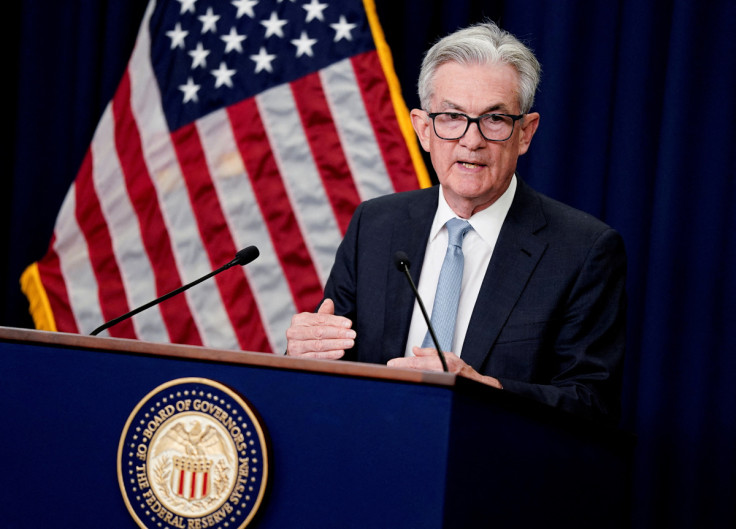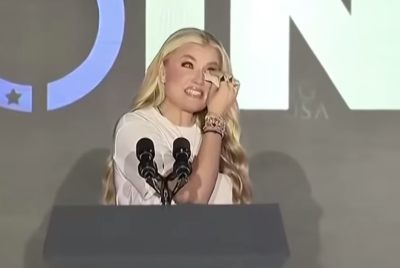Who Appointed Jerome Powell and Can President Trump Fire Him? What You Need to Know
His appointment followed a distinguished career as a Federal Reserve Governor since 2012, appointed by President Barack Obama.

Jerome Powell, the Federal Reserve Chair, has been at the centre of speculation following reports that President Donald Trump is considering his dismissal.
Trump picked Powell for the job himself back in his first term, but they've been butting heads over interest rates and money policy ever since. It's been a rocky relationship from the start.
Powell's Appointment and Role
Jerome Powell was nominated as Federal Reserve Chair by President Donald Trump on 2 November 2017, assuming the role on 5 February 2018.
His appointment followed a distinguished career as a Federal Reserve governor, which began in 2012 when President Barack Obama appointed him.
Powell's second term, which extended to May 15, 2026, was secured under President Joe Biden in 2022.
As chair, Powell oversees the Federal Reserve's monetary policy, including interest rate decisions, which have drawn Trump's ire for not aligning with his push for aggressive rate cuts to bolster economic growth amid his tariff policies.
Powell's commitment to the Fed's independence has been a cornerstone of his tenure, as he stated during a 25 June 2025 Senate hearing, 'I intend to serve out my term.'
Can Trump Legally Fire Powell?
The question of whether Trump can fire Powell hinges on the Federal Reserve Act, which allows the president to remove the Fed chair only 'for cause,' typically interpreted as misconduct, not policy disagreements.
Legal experts, cited in The New York Times on 16 July 2025, describe Trump's potential case, centred on Powell's oversight of a £1,860,000,000 ($2,493,000,000) Fed headquarters renovation, as 'flimsy' and unlikely to withstand legal scrutiny.
A recent Supreme Court ruling reinforces that policy disputes do not constitute valid grounds for dismissal.
Powell has previously stated, as noted by CNBC on 7 November 2024, that he would not resign even if asked.
X posts from @TheShortBear on 5 July 2025 state, 'Treasury Secretary Bessent says he's prepared to replace Fed Chair Jerome Powell if President Trump requests it.'
However, such a move could trigger market volatility and legal challenges, with experts warning it risks politicising the Fed's independence.
Latest Developments and Market Impact
On July 17, 2025, Bloomberg reported that Trump discussed firing Powell with Republican lawmakers, sparking a brief market dip as the S&P 500 fell and Treasury yields rose.
Later, Trump backtracked, stating it was 'highly unlikely' he would fire Powell unless 'fraud' was proven, as per Reuters.
X posts from @igorbobic on 16 July 2025 state, 'Senate Republicans pushing back strongly on idea Trump may fire Fed Chair Jay Powell.'
Senate Republicans pushing back strongly on idea Trump may fire Fed Chair Jay Powell:
— Igor Bobic (@igorbobic) July 16, 2025
“I do not believe a president, any president, has the authority to fire the federal reserve chair…. it would crash the stock market,” Kennedy said
“It'd be a colossal mistake,” Tillis added
Despite this, Trump's allies, including Treasury Secretary Scott Bessent, have floated a 'shadow chair' concept, hinting at preparations for a replacement.
The ongoing tension reflects Trump's frustration with Powell's cautious approach to rate cuts, particularly as tariffs could reignite inflation.
Senate Majority Leader John Thune downplayed the likelihood of the firing on 17 July 2025, stating, 'My understanding is he doesn't have any intention of doing that.'
Jerome Powell, appointed by Trump in 2017 and reappointed by Biden, faces uncertain tenure amid Trump's renewed criticism.
Legal barriers make firing Powell challenging, requiring substantial cause beyond policy disputes.
Recent back-and-forth, reported on 17 July 2025, shows Trump tempering his stance, but the threat persists, raising concerns about the Fed's independence and market stability.
As the situation evolves, stakeholders watch closely for its economic and political ramifications.
© Copyright IBTimes 2025. All rights reserved.




















